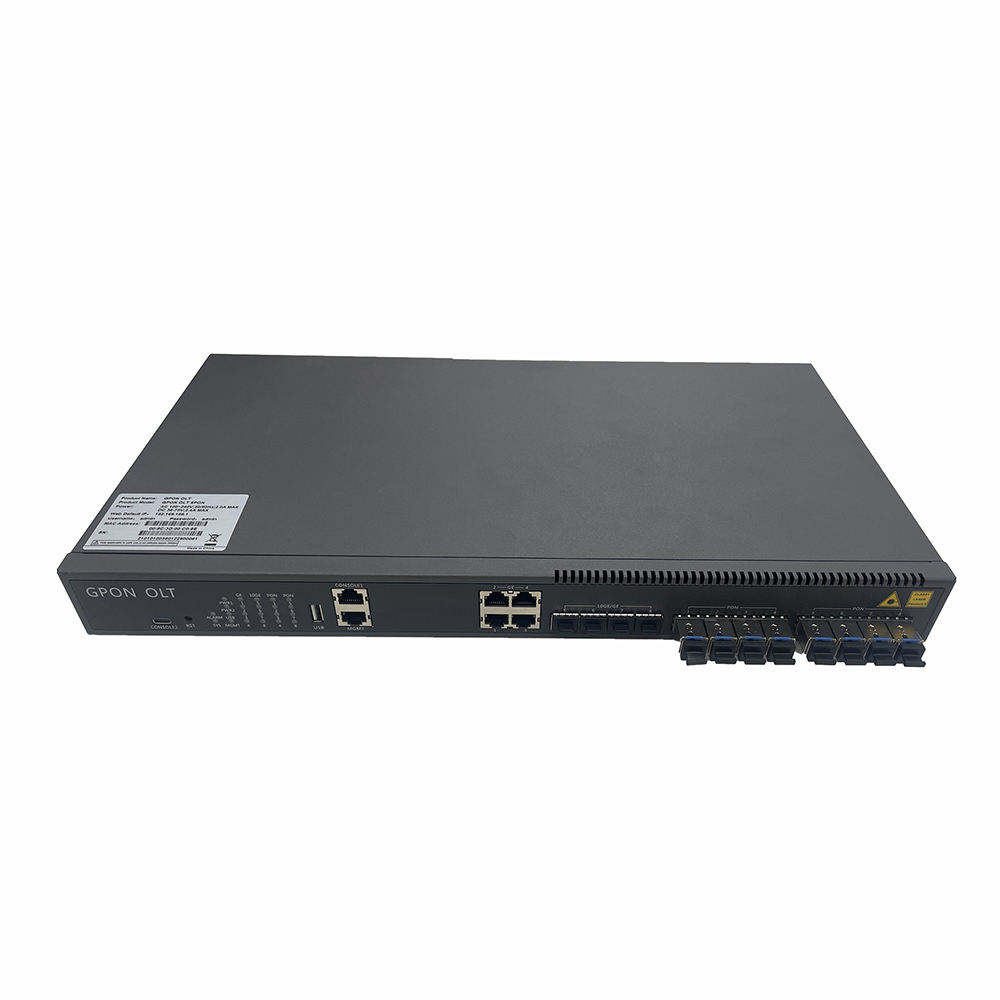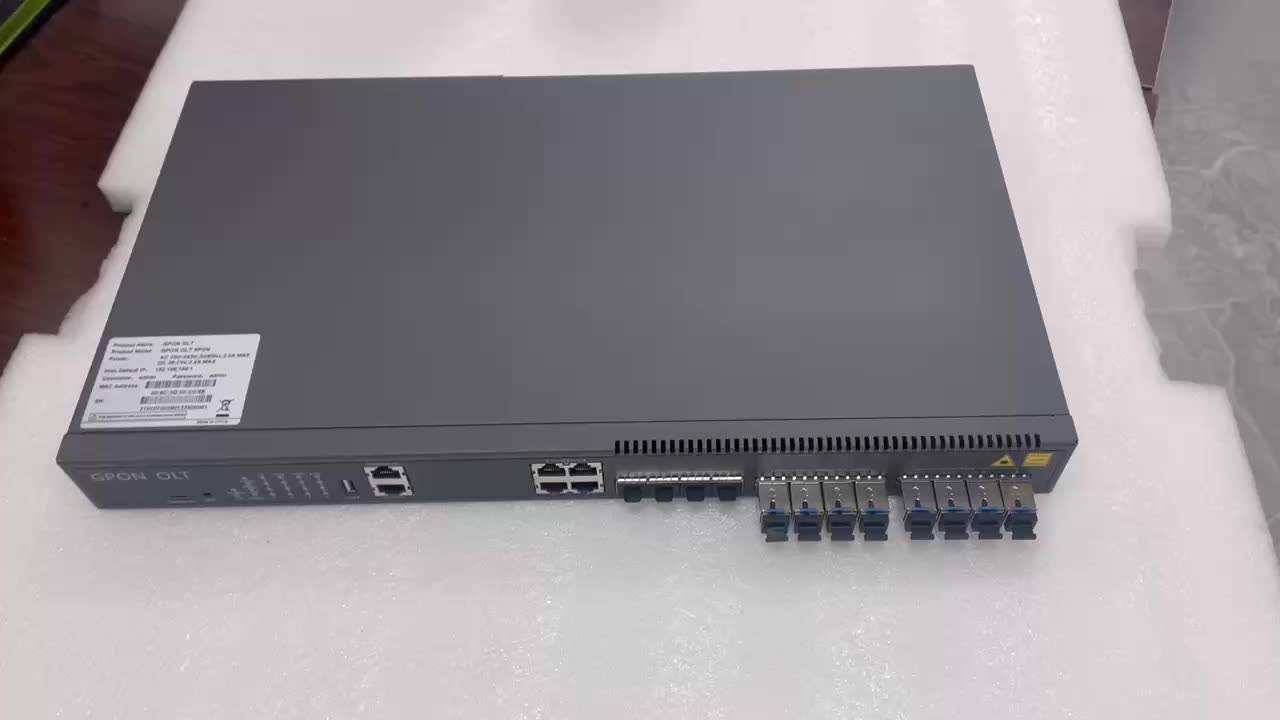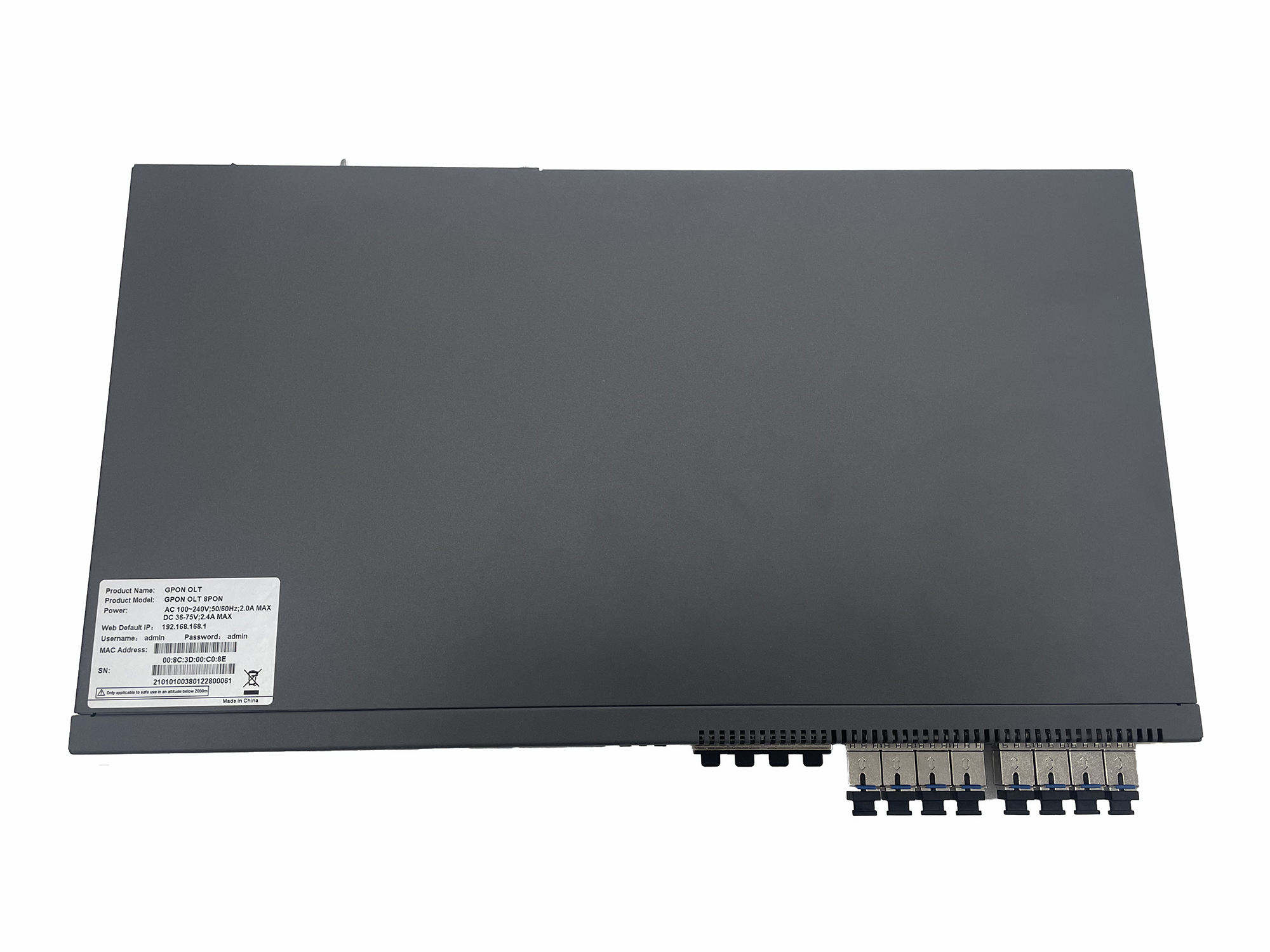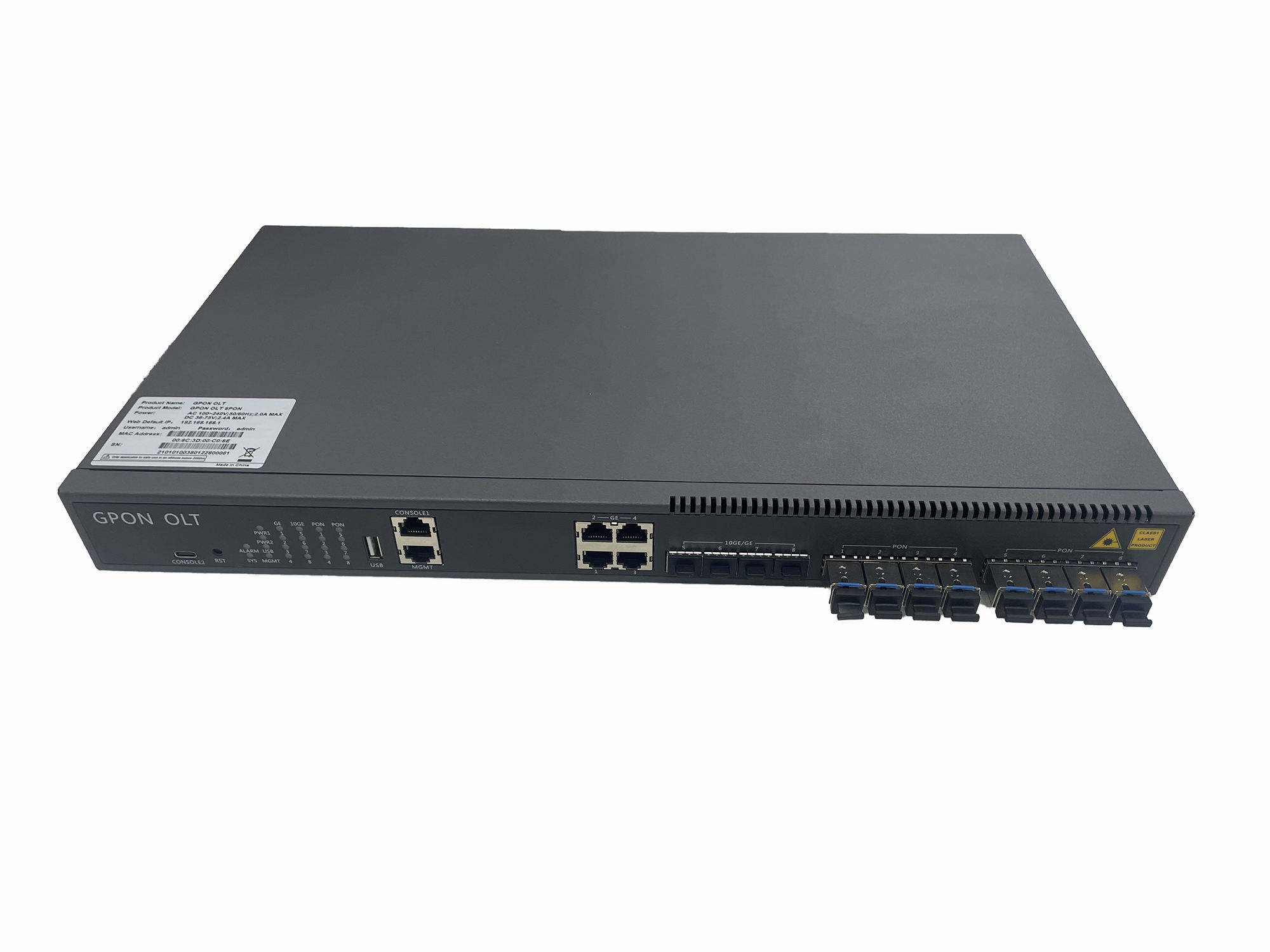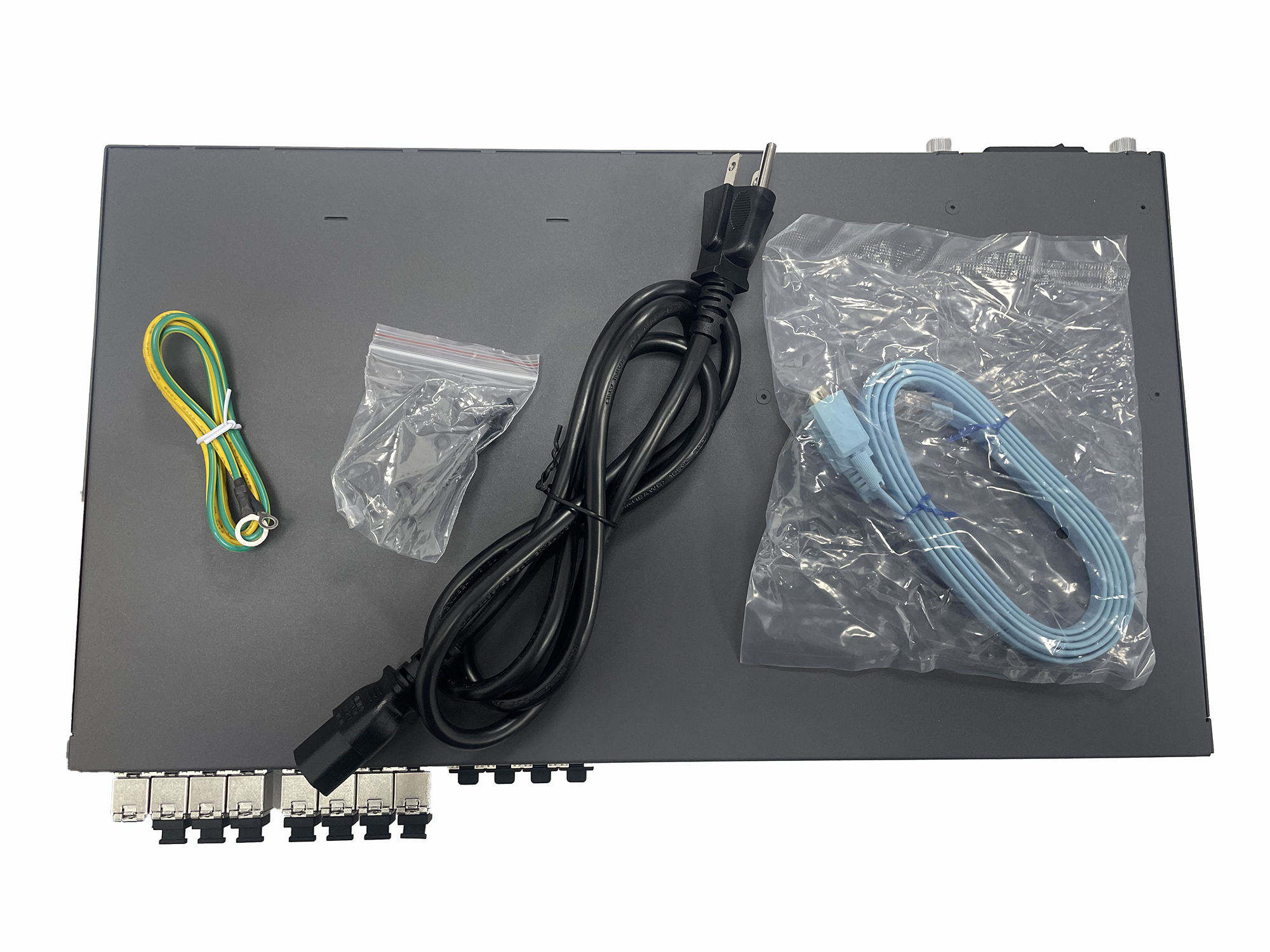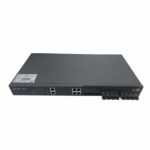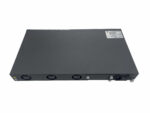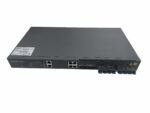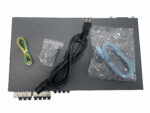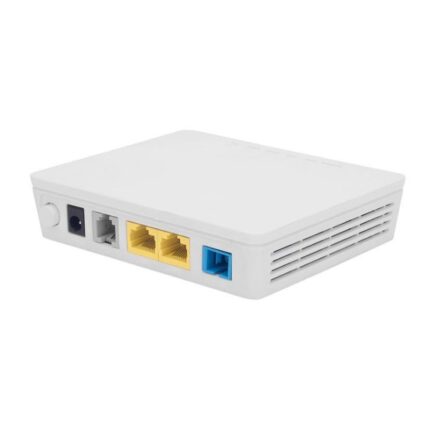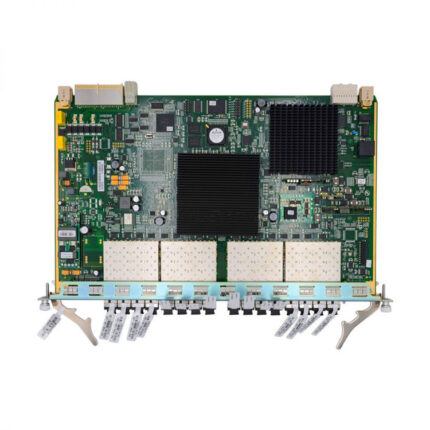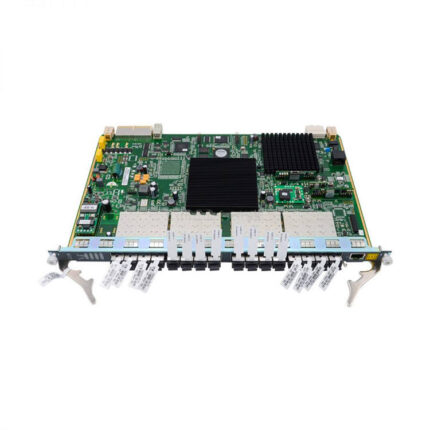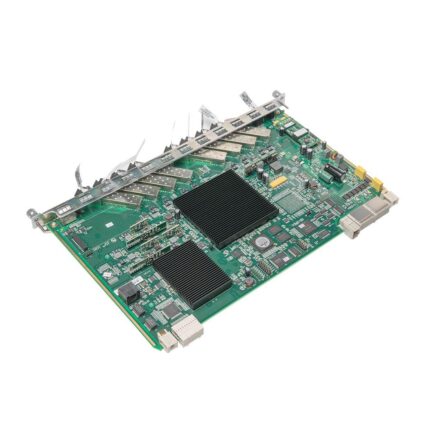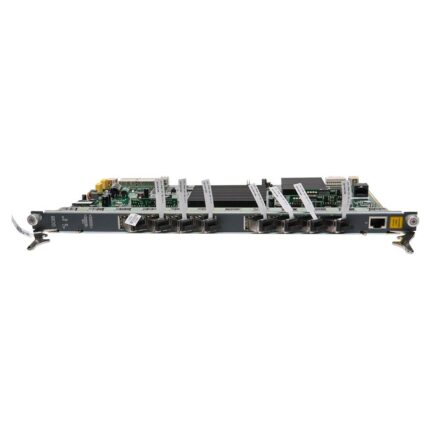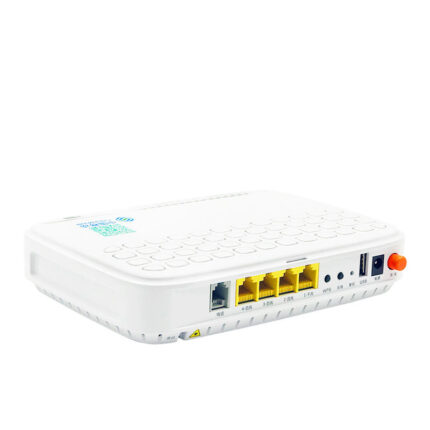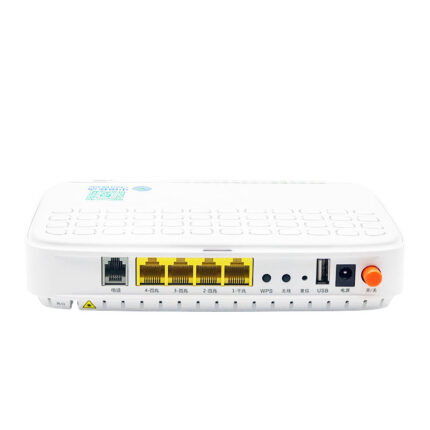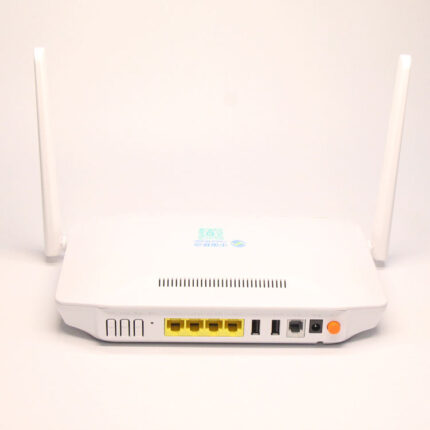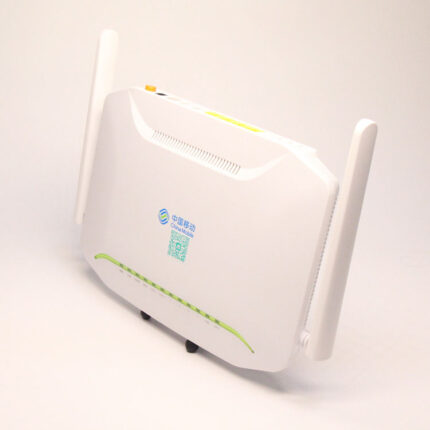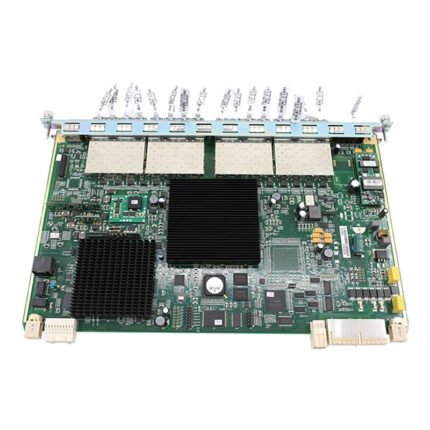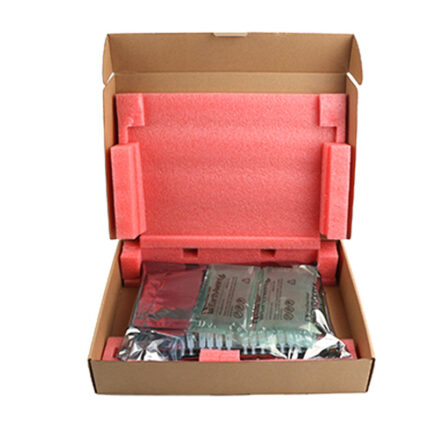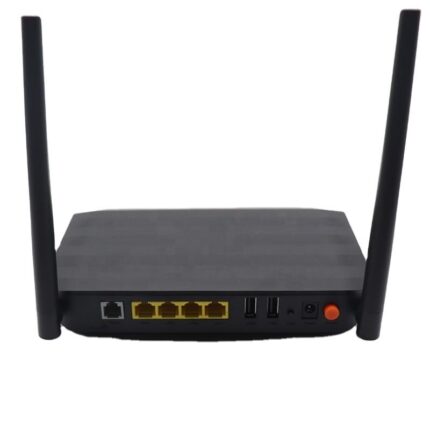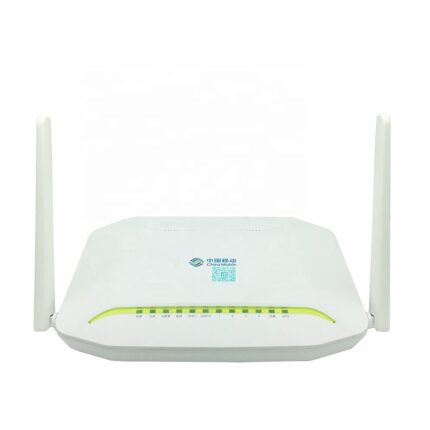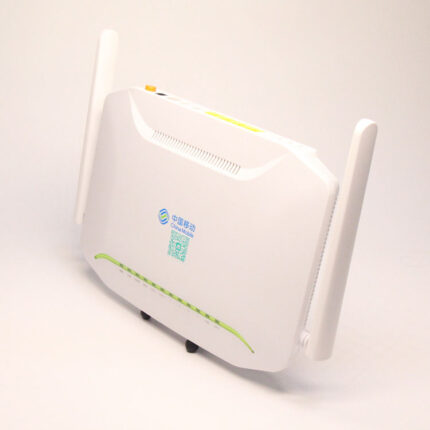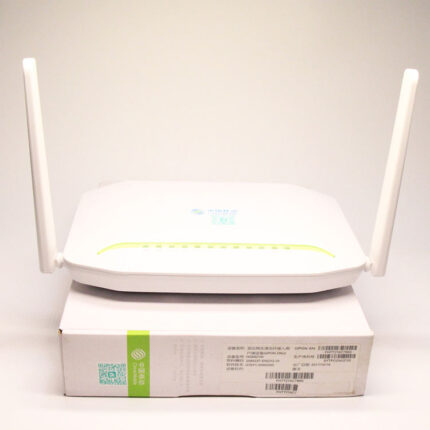GPON-08P cassette Description:
The GPON-08P cassette OLT is equipped with 8 downstream GPON ports, 8 uplink GE optical ports, and 8 GE electrical ports, along with an expansion slot capable of accessing 2 10GE SFP+ ports. Its 1U height facilitates easy installation and maintenance, conserving space. Leveraging advanced industrial technology, the GL5600-08P offers robust Ethernet services and QoS features, supporting SLA and DBA. With a splitting ratio of up to 1:128, it accommodates various types of ONUs across diverse networks, thus minimizing operator investments.
GPON-08P cassette Specification:
- Model: GPON-08P
- Switching Capacity: 102Gbps
- Throughput (IPv4/IPv6): 75.88MPPS
- Ports: 8 PON ports, 8 GE FX + 8 GE TX, 2 10GE SFP+
- Power Redundancy: Dual power supply, configurable as double AC, double DC, or AC+DC
- Power Supply:
- AC Input: 100, 240, 63Hz
- DC Input: -36V~-75V
- Power Consumption: ≤85W
- Outline Dimensions (mm) (WDH): 440mm×44mm×380mm
- Weight (in Maximum Configuration): ≤3kg
- Environmental Requirements:
- Working Temperature: -15°C~55°C
- Storage Temperature: -40°C~70°C
- Relative Humidity: 10%~90%, non-condensing
Features |
Attributes |
|---|---|
| PON | – Satisfies ITU-T standards – TR-101 compliant solution for FTTx OLT applications – High splitter rate: each PON port supports 32 ONUs, 96 T-CONTs – Maximum transmission distance of 20KM – Supports uplink FEC, downlink FEC (Forward Error Correction) – ONU identifier authentication: SN / SN+PASSWD – Bandwidth allocation mechanism: – 5 types of T-CONT bandwidth – Static Bandwidth Allocation – Dynamic Bandwidth Allocation – GPON feature parameter: – 4096 port-IDs per GPON MAC (Downstream and Upstream) – 1024 Alloc-IDs per GPON MAC (Upstream) |
| L2 | – MAC: – MAC Black Hole – Port MAC Limit – VLAN: – 4K VLAN entries – Port-based/MAC-based/IP subnet-based VLAN – Port-based QinQ and Selective QinQ (StackVLAN) – VLAN Swap, VLAN Remark, and VLAN Translate – GVRP: Based on ONU service flow VLAN add, delete, replace – Spanning Tree Protocol: – IEEE 802.1D STP – IEEE 802.1w RSTP – IEEE 802.1s MSTP – Port: – Bi-directional bandwidth control – Static link aggregation and LACP (Link Aggregation Control Protocol) – Port mirroring and traffic mirroring |
| Security | – User Security: – Anti-ARP-spoofing – Anti-ARP-flooding – IP Source Guard: create IP+VLAN+MAC+Port binding – Port Isolation – MAC address binds to port and port MAC address filtration – IEEE 802.1x and AAA/Radius authentication – TACACS+ authentication – DHCP anti-attack flood attack automatic suppression – ONU isolation control – Device Security: – Anti-DOS attack (such as ARP, Synflood, Smurf, ICMP attack), ARP detection, worm and Msblaster worm attack |
| Network Security | – SSHv2 Secure Shell – SNMP v3 encrypted management – Security IP login through Telnet – Hierarchical management and password protection of users – User-based MAC and ARP traffic examination – Restrict ARP traffic of each user and force-out user with abnormal ARP traffic – Dynamic ARP table-based binding – Supports IP+VLAN+MAC+Port binding – L2 to L7 ACL flow filtration mechanism on the 80 bytes of the head of user-defined packet – Port-based broadcast/multicast suppression and auto-shutdown risk port – URPF to prevent IP address counterfeit and attack – DHCP Option82 and PPPoE+ upload user’s physical location – Plaintext authentication of OSPF, RIPv2, and MD5 cryptograph authentication |
| IP Routing | – IPv4: – ARP Proxy – DHCP Relay – DHCP Server – Static route – IPv6: – ICMPv6 – ICMPv6 redirection – DHCPv6 – ACLv6 – Configured Tunnel – 6to4 tunnel – IPv6 and IPv4 Tunnels |
| Service Features | – ACL: – Standard and extended ACL – Time Range ACL – Packet filter providing filtering based on source/destination MAC address, source/destination IP address, port, protocol, VLAN, VLAN range, MAC address range, or invalid frame. System supports concurrent identification at most 50 service traffic – Support packet filtration of L2~L7 even deep to 80 bytes of IP packet head – QoS: – Rate-limit to packet sending/receiving speed of port or self-defined flow and provide general flow monitor and two-speed tri-color monitor of self-defined flow – Priority remark to port or self-defined flow and provide 802.1P, DSCP priority and Remark – CAR(Committed Access Rate), Traffic Shaping and flow statistics – Packet mirror and redirection of interface and self-defined flow – Super queue scheduler based on port and self-defined flow. Each port/ flow supports 8 priority queues and scheduler of SP, WRR and SP+WRR. – Congestion avoid mechanism, including Tail-Drop and WRED |
| Multicast | – IGMPv1/v2/v3 – IGMPv1/v2/v3 Snooping – IGMP Filter – MVR and cross VLAN multicast copy – IGMP Fast leave – IGMP Proxy – PIM-SM/PIM-DM/PIM-SSM – PIM-SMv6, PIM-DMv6, PIM-SSMv6 – MLDv2/MLDv2 Snooping |
| MPLS | – NPLS LDP |
| Reliability | – Loop protection – EAPS and GERP (recover-time <50ms) – Loopback-detection – Link protection: – FlexLink (recover-time <50ms) – RSTP/MSTP (recover-time <1s) – LACP (recover-time <10ms) – BFD |
| Device Protection | – VRRP host backup – Double fault-tolerant backup of host program and configuration files – 1+1 power hot backup |
| Maintenance | – Network maintenance: – Telnet-based statistics – RFC3176 sFlow – LLDP – 802.3ah Ethernet OAM – RFC 3164 BSD syslog Protocol – Ping and Traceroute – Device management: – Command-line interface (CLI), Console, Telnet, and WEB configuration – System configuration with SNMPv1/v2/v3 – RMON (Remote Monitoring)1/2/3/9 groups of MIB – NTP (Network Time Protocol) – NMS |
For more: Click here
